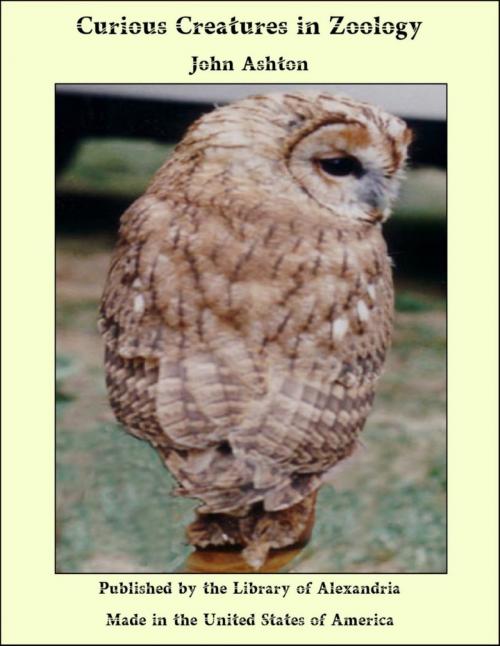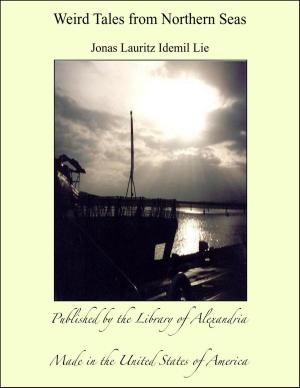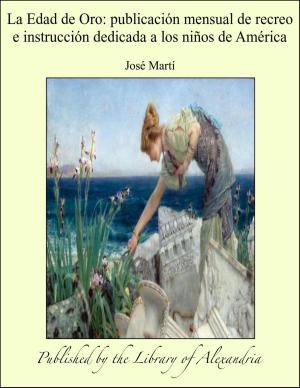Curious Creatures in Zoology
Nonfiction, Religion & Spirituality, New Age, History, Fiction & Literature| Author: | John Ashton | ISBN: | 9781465599759 |
| Publisher: | Library of Alexandria | Publication: | March 8, 2015 |
| Imprint: | Language: | English |
| Author: | John Ashton |
| ISBN: | 9781465599759 |
| Publisher: | Library of Alexandria |
| Publication: | March 8, 2015 |
| Imprint: | |
| Language: | English |
“Travellers see strange things,” more especially when their writing about, or delineation of, them is not put under the microscope of modern scientific examination. Our ancestors were content with what was given them, and being, as a rule, a stay-at-home race, they could not confute the stories they read in books. That age of faith must have had its comforts, for no man could deny the truth of what he was told. But now that modern travel has subdued the globe, and inquisitive strangers have poked their noses into every portion of the world, “the old order changeth, giving place to new,” and, gradually, the old stories are forgotten. It is to rescue some of them from the oblivion into which they were fast falling, that I have written, or compiled, this book. I say compiled it, for I am fonder of letting old authors tell their stories in their old-fashioned language, than to paraphrase it, and usurp the credit of their writings, as is too much the mode now-a-days. It is not given to every one to be able to consult the old Naturalists; and, besides, most of them are written in Latin, and to read them through is partly unprofitable work, as they copy so largely one from another. But, for the general reader, selections can be made, and, if assisted by accurate reproductions of the very quaint wood engravings, a book may be produced which, I venture to think, will not prove tiring, even to a superficial reader. Perhaps the greatest wonders of the creation, and the strangest forms of being, have been met with in the sea; and as people who only occasionally saw them were not draughtsmen, but had to describe the monsters they had seen on their return to land, their effigies came to be exceedingly marvellous, and unlike the originals. The Northern Ocean, especially, was their abode, and, among the Northern nations, tales of Kraken, Sea-Serpents, Whirlpools, Mermen, &c., &c., lingered long after they were received with doubt by other nations; but perhaps the most credulous times were the fourteenth and fifteenth centuries, when no travellers’ tales seem too gross for belief, as can well be seen in the extreme popularity, throughout all Europe, of the “Voyages and Travels of Sir John Maundeville,” who, though he may be a myth, and his so-called writings a compilation, yet that compilation represented the sum of knowledge, both of Geography, and Natural History, of countries not European, that was attainable in the first half of the fourteenth century.
“Travellers see strange things,” more especially when their writing about, or delineation of, them is not put under the microscope of modern scientific examination. Our ancestors were content with what was given them, and being, as a rule, a stay-at-home race, they could not confute the stories they read in books. That age of faith must have had its comforts, for no man could deny the truth of what he was told. But now that modern travel has subdued the globe, and inquisitive strangers have poked their noses into every portion of the world, “the old order changeth, giving place to new,” and, gradually, the old stories are forgotten. It is to rescue some of them from the oblivion into which they were fast falling, that I have written, or compiled, this book. I say compiled it, for I am fonder of letting old authors tell their stories in their old-fashioned language, than to paraphrase it, and usurp the credit of their writings, as is too much the mode now-a-days. It is not given to every one to be able to consult the old Naturalists; and, besides, most of them are written in Latin, and to read them through is partly unprofitable work, as they copy so largely one from another. But, for the general reader, selections can be made, and, if assisted by accurate reproductions of the very quaint wood engravings, a book may be produced which, I venture to think, will not prove tiring, even to a superficial reader. Perhaps the greatest wonders of the creation, and the strangest forms of being, have been met with in the sea; and as people who only occasionally saw them were not draughtsmen, but had to describe the monsters they had seen on their return to land, their effigies came to be exceedingly marvellous, and unlike the originals. The Northern Ocean, especially, was their abode, and, among the Northern nations, tales of Kraken, Sea-Serpents, Whirlpools, Mermen, &c., &c., lingered long after they were received with doubt by other nations; but perhaps the most credulous times were the fourteenth and fifteenth centuries, when no travellers’ tales seem too gross for belief, as can well be seen in the extreme popularity, throughout all Europe, of the “Voyages and Travels of Sir John Maundeville,” who, though he may be a myth, and his so-called writings a compilation, yet that compilation represented the sum of knowledge, both of Geography, and Natural History, of countries not European, that was attainable in the first half of the fourteenth century.















